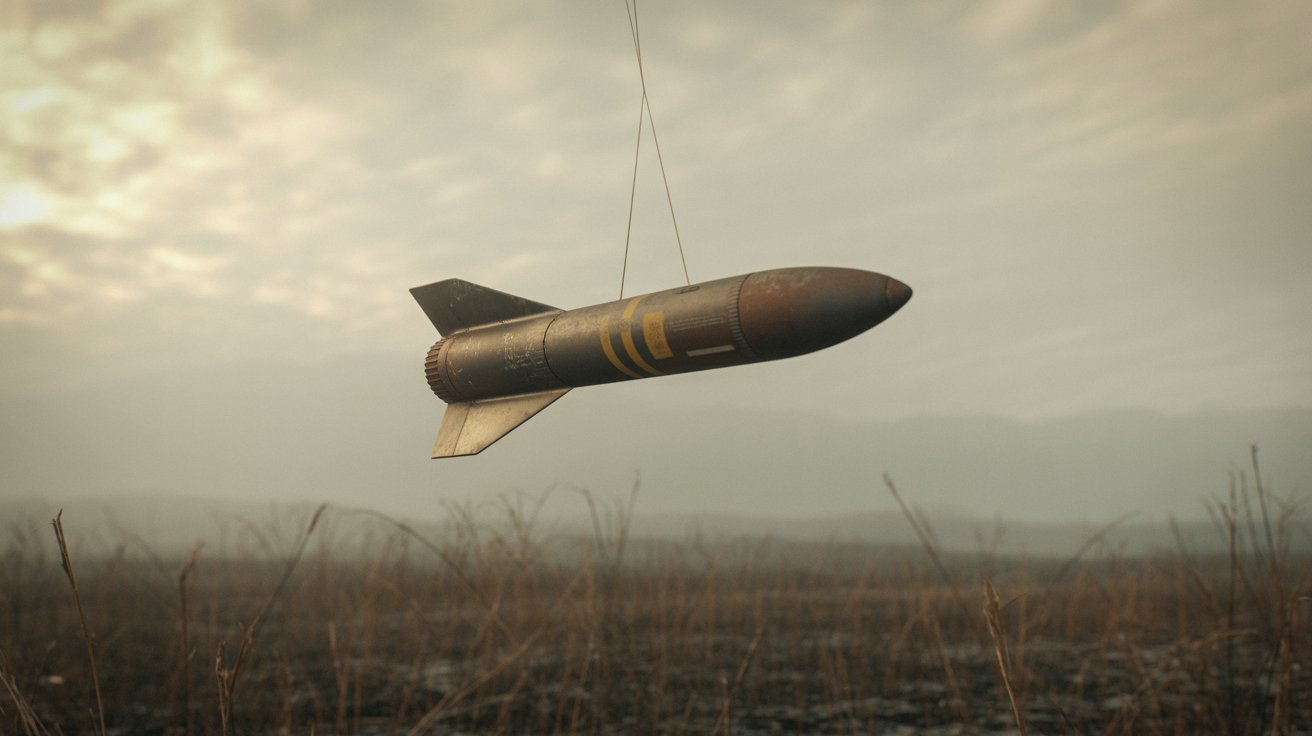The global Loitering Munition Market is experiencing rapid growth, driven by the rise of asymmetric and urban warfare, the shift toward autonomous combat systems, and increasing defense modernization programs worldwide. From USD 529.9 million in 2024, the market is projected to grow to USD 576.2 million in 2025 and reach USD 815.3 million by 2029, reflecting a CAGR of 9.0%.

These systems, commonly referred to as kamikaze drones, suicide drones, or attack drones, combine the endurance of UAVs with the precision of guided munitions, enabling militaries to conduct reconnaissance and strike operations with minimal collateral damage.
Download PDF Brochure @ https://www.marketsandmarkets.com/pdfdownloadNew.asp?id=139489979
Market Overview
Loitering munitions are a hybrid of surveillance UAVs and precision-guided weapons. Their defining capabilities include:
-
Persistent loitering over a target area to identify high-value targets
-
Real-time threat analysis using AI-assisted object recognition
-
Precision strike capability with minimal collateral impact
-
Multi-domain deployment across air, land, and maritime theaters
Unlike conventional missiles or artillery, these systems allow armed forces to observe, verify, and engage targets autonomously or semi-autonomously, making them ideal for counter-insurgency, anti-armor, and urban warfare scenarios.
Strategic Context: Why Loitering Munitions Are in Demand
Modern conflicts are increasingly non-linear, involving dispersed forces, hybrid tactics, and urbanized battlefields. Traditional munitions often lack the flexibility and intelligence needed for such environments. Loitering munitions address these challenges by offering:
-
Extended endurance for persistent surveillance and target tracking
-
AI-enabled decision support, reducing operator workload
-
Modular payloads, including explosives, EO/IR sensors, and electronic warfare systems
-
Rapid deployability, supporting quick-response missions in contested zones
Recent operational deployments in urban conflicts, counter-radar operations, and tactical strike missions have validated the efficiency and versatility of loitering drones.
Technological Trends & Innovations
Autonomy & AI Integration
Modern loitering munitions leverage machine learning, computer vision, and autonomous navigation to:
-
Detect, classify, and prioritize multiple targets
-
Operate in GPS-denied or contested environments
-
Conduct missions with minimal human intervention, enhancing speed and accuracy
Swarming Capabilities
Next-generation drones can operate in coordinated swarms, sharing real-time intelligence and synchronizing strikes, providing distributed lethality and increasing survivability in contested airspace.
Modular Payloads
Designers are creating multi-mission platforms capable of quickly switching between:
-
Kinetic warheads
-
Surveillance and reconnaissance sensors
-
Electronic warfare packages
This modularity improves mission flexibility and reduces logistical complexity in the field.
Enhanced Endurance & Range
-
Operational times: 1–3 hours of loitering
-
Range: Up to 150 km, depending on size and launch system
-
VTOL, catapult, canister, and hand-launched variants increase deployment versatility
Market Segmentation: Launch Modes
| Launch Mode | Features & Growth (2024–2029) |
|---|---|
| Canister-Launched | Sealed, ready-to-launch architecture; fastest-growing segment (~9.7% YoY); ideal for multi-domain rapid deployment |
| Catapult-Launched | Low-cost, portable; growing at ~8.7% CAGR; suited for fast-response missions and asymmetric warfare |
| VTOL (Vertical Take-Off & Landing) | Hybrid multirotor/fixed-wing systems; endurance + agility; CAGR ~7.9% |
| Hand-Launched | Miniaturized, infantry-level systems; AI-assisted guidance; CAGR ~7.5% |
Regional Insights
-
North America: R&D leader with emphasis on autonomy, AI, and swarm technologies
-
Europe: Strong export market and NATO interoperability focus; WB Group and UVision lead in modular platforms
-
Asia-Pacific: Rapid adoption driven by border conflicts and defense modernization programs
-
Middle East & Africa: Increasing procurement for asymmetric operations and urban combat missions
Key Players & Competitive Landscape
-
AeroVironment (USA): Switchblade series with autonomous and long-range variants
-
WB Group (Poland): Warmate systems deployed across NATO and allied forces
-
UVision (Israel) & Rheinmetall (Germany): HERO family with multi-domain modular payloads
-
STM (Türkiye) & IAI (Israel): ALPAGU and Rotem-L series integrating AI-driven swarm capabilities
-
Other Leaders: Lockheed Martin, Northrop Grumman, MBDA, Thales — focusing on large-scale production and advanced C2 integration
Use Cases & Operational Impact
-
Counter-Radar & SEAD-lite Missions: Quick neutralization of sensor networks
-
Urban & Asymmetric Combat: Surgical strikes with low collateral impact
-
Anti-Armor & Convoy Neutralization: Precise engagement in mobile conflict zones
-
Persistent ISR-to-Strike: Shortening decision loops from intelligence collection to target engagement
-
Electronic Warfare & Decoy Operations: Non-kinetic roles leveraging modular payloads
Market Drivers
-
Expansion of autonomous, AI-enabled warfare systems
-
Increased adoption in asymmetric and urban theaters
-
Modular payloads enhancing multi-mission capability
-
Rising defense modernization budgets and procurement programs
-
Swarming and network-centric deployment enabling distributed strike capability
Challenges & Considerations
-
Ethical and legal restrictions on autonomous lethal systems
-
Vulnerability to advanced counter-UAS systems
-
High R&D costs for advanced AI, autonomy, and sensor integration
-
Export control regulations and compliance hurdles
Future Outlook
The loitering munition market is poised for rapid evolution, driven by:
-
Increasing autonomy and AI integration
-
Expansion of swarm-enabled operations
-
Modular, multi-domain systems enabling faster reconfiguration
-
Integration with networked defense architectures
-
Miniaturization for frontline and special forces applications
Ask for Sample Report @ https://www.marketsandmarkets.com/requestsampleNew.asp?id=139489979
Loitering munitions are expected to become a core component of next-generation combat, enabling precision, persistence, and tactical flexibility across air, land, and maritime operations.
Loitering munitions are redefining modern warfare. By combining intelligence, autonomy, and precision strike capability, these systems offer a cost-effective, adaptable, and mission-critical solution for asymmetric, urban, and hybrid warfare. As AI, swarm technology, and modular designs mature, they will play a pivotal role in shaping the future combat ecosystem.
